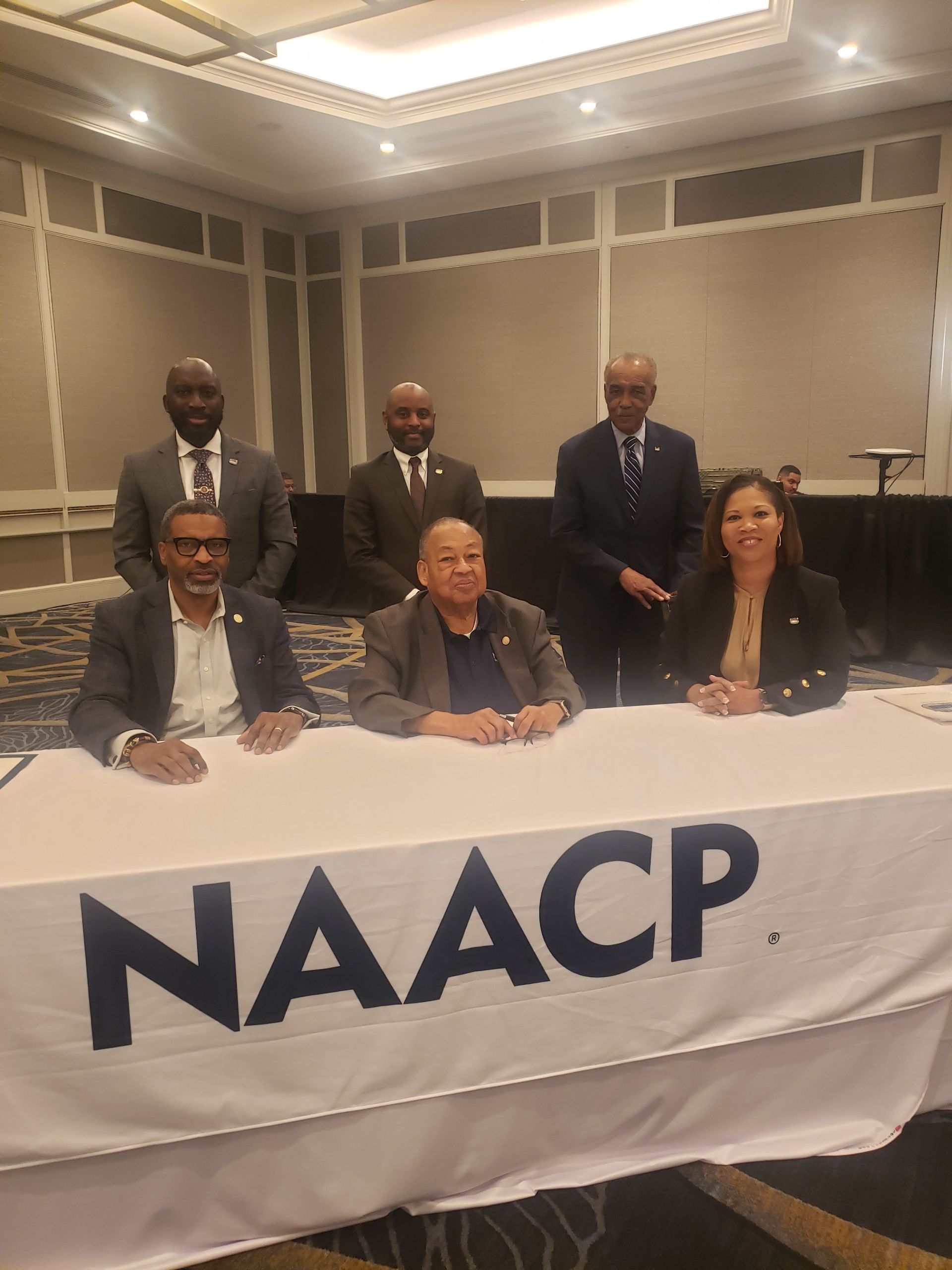How discriminatory Real Estate practices continue to hurt black communities in the U.S
The considerable levels of segregation between white and black communities still exist in large American cities, and debate about the causes of this residential separation has been considerable.
A keen analysis of the factors that might explicate residential separation in this country—such as discrimination, urban structure, social preferences, and economic status (affordability)—reveal that a variety of factors can account for the racial segregation patterns that have ascended in the U.S. metropolis.
Of all the factors, discriminatory real-estate practices in the country are shown to be particularly injurious to the fair and affordable housing in the U.S. Historically, real-estate interests in the country have been exerted immense influence over the national housing policy—to the detriment of the black communities. The subprime mortgage crisis, along with the wider economic and housing crisis it shaped, was the zenith of the longstanding practices of predatory inclusion of black communities in the housing market.
Such unfair and vulturine housing and credit practices can be traced back to the 1960s and 70s when housing discrimination was legal. After decades of exclusion, black communities were finally promised access to the vigorous housing market with the passage of Title VIII of the 1968 Civil Rights Act, commonly known as the Fair Housing Act.
Somehow, the state acknowledged the role of housing discrimination in keeping the minority African Americans in a subordinate position by alienating black communities in white neighborhoods and avoiding investments in black communities. The starkest sign failure of the Fair Housing Act to fulfill its mandate was witnessed in the aftermath of the 2008 Financial Crisis. This crisis not only wiped out decades of hard-won economic gains by the African Americans, but it also stole their homes.
By 2010, almost 500,000 African Americans were at risk of foreclosure; four years later, in 2014, over 240,000 had already lost their homes. While several housing programs have attempted to find solutions to housing problems in black communities, their efforts have barely been fruitful.
This historical housing problem has played a fundamental role in the persistent wealth gap between white and black communities. In 2007 before the crisis, the median white family had eight times the wealth of the black family. By 2014, this statistic had risen to 11 times, and has only narrowed slightly since.
The largest part of this problem, as John Legend recently noted, in the aftermath of redlining. Redlining was a common, bigoted real-estate practice before the Fair Housing Act was enacted in 1968. This housing practice targeted black and brown homebuyers by denying credit, insurance, and other financial assistance and services in areas branded as ‘high risk.’ Financial institutions offering credit or loans to homebuyers would fence around certain areas to avoid investing in areas with majority African Americans.
Redlining practices ensured that, if you are black and you wanted to invest in property, there are areas that you wouldn’t be shown by a realtor or lender, even if you were qualified. The same applied in credit scoring and loan issuance, where a middle-class or even upper-class African American would be denied lending, while a lower-class white person would get access.
Although ‘day-light’ redlining was theoretically forbidden after passing the Fair Housing Act, its long-stranding bearings are still felt today. In fact, this prejudiced housing practice has given rise to another modern-day form of biased real-estate practice called, reverse redlining, where lenders target minority communities in non-redlining areas and offer high-interest loans and insurance.
The results of reverse redlining have created even wider economic and homeownership gaps than experienced before the enactment of the Fair Housing Act. The current 30% homeownership gap between white and black homeowners is actually larger than it was before the Fair Housing Act when housing discrimination was legal in the U.S.
In fact, it is indicated that if the back homeownership rates were the same today, as it was in the early 2000s in the U.S., black communities would have additional 770,000 homeowners. Despite some efforts to consolidate communities in the U.S., reports indicate that some federal, state and local policies continue to fortify housing discrimination in the country. Such reports indicate that various governmental institutions continue to employ exclusionary tactics that prevent African Americans and other minority groups from building wealth through affordable housing and homeownership.
Whether this is through insistent failure to enact and enforce civil rights laws or implementation of formal policy decisions, government action and inaction have undermined prosperity in communities of color. More than 50 years since passing the Fair Housing Act, black and white communities remain segregated, largely not because of personal preferences among black communities to dwell in ethnic enclaves, but rather because of decades of discriminatory housing and economic policies enacted by lawmakers on every level.
It’s time to take bold action; first, by showing care and acknowledging that unfair housing policies are not only economically detrimental to black communities, but also socially. This black-white segregation continues to perpetuate an opportunity gap. It’s time to concede that this racial segregation in housing is rooted primarily in deliberate government policies. As such, any initiative, public or private, should be welcomed as the country attempt to heal from this chronic real-estate problem.
Such bold moves are already embryonic, as showcased recently by the young, millennial couple who launched the $100M Affordable Housing Initiative in Atlanta. Amidst the current housing situation in Atlanta, which will most likely be exacerbated due to the current COVID-19 pandemic, this young couple, Majesty (33) and Elize (29) , established a remarkable, value-creating proposition in the real estate industry, not only to create a business for themselves but also provide affordable housing to the less privileged, African Americans.
This points to show that while policy makers have a massive role to play in the provision of new mortgage assistance to buy homes, especially in formerly deemed ‘redlined’ areas, the private sector has a fundamental role to play in addressing the legacy of generations of racial discrimination on housing.
CREDITS: Vanguard


